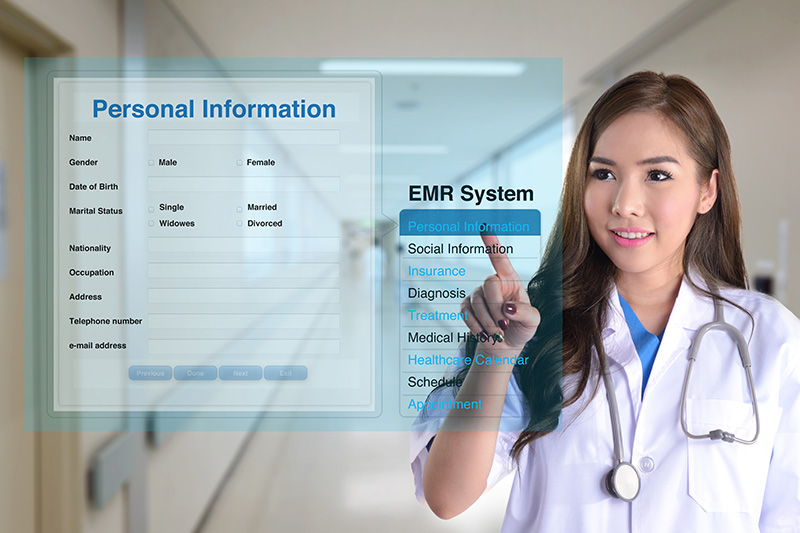
Insight by: Mamatha Shekar
Medical records have existed in some shape and form for a few centuries since the first hospital in the US, Pennsylvania Hospital, was established in 1751. The health care data is growing exponentially, with data being collected from 7000+ hospitals in the US. Additionally, over the last decade, ginormous amounts of health-related data are also being generated from hundreds of direct-to-consumer (DTC) companies offering genetic/ body fluid testing, mobile applications, and wearables monitoring health parameters.
Federal mandatory adoption of electronic health records (EHR) more than a decade ago has made it convenient only recently for clinicians to quickly and comprehensively view historical data to make better treatment decisions. Most importantly, digitization of health records has provided a fundamental requirement for patients to view their own medical records quickly. The customers of DTC companies have always had access to their test results. The patient-reported and sensor data collected are visible to users, and I am sure customizable viewing of the longitudinal data is on its way.
Is viewing of the data sufficient? Basic conundrums regarding data ownership, access, and control over data are still lingering. Who owns the data – patient or provider/companies? The needle seems to tip to the side of providers and companies. Medical records and genetic results are shared and/or monetized after obtaining consent. Generally, the consent forms or terms and conditions obtained are so broad that they seem to provide infinite rights to use the data. The data can be monetized multiple times for huge profit without direct economic benefit to the customers/patients. Doesn’t this seem outdated? The patient or customer should have complete ownership of their data and full rights to data sharing in real-time. Hopefully, in the near future, a well thought out guidelines will be in place which will provide us with the following privileges.
i) The customer/patient has full ownership, access, and control of their medical record or test results for the services they have paid
ii)It allows them to consent for each research study based on the fully disclosed details, such as a specific area that it will be used
iii)Provision must be made to share the economic opportunity for sharing the data for a greater cause
iii) It has a quick and convenient way to share the data, partly or wholly to the research program of their choice and the
iii) The shared data is de-identified.





